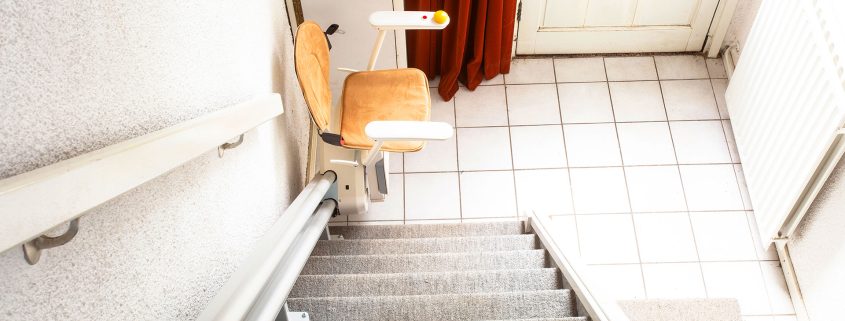How to Know When Your Stairs Are Holding You Back
Stairs are one of those things we take for granted, until they aren’t easy anymore. What was once a quick climb can slowly turn into a daily obstacle. Maybe it’s sore knees, balance issues, or the fear of slipping. Whatever the reason, there comes a time when adding a stair lift isn’t about convenience; it’s about keeping independence intact.
But how do you know when that time has come?
Here’s how to tell if your staircase and your lifestyle might be ready for a lift.
You Avoid the Stairs Altogether
If you catch yourself planning your day around avoiding the staircase, that’s a red flag. Maybe you’re sleeping on the couch instead of using the bedroom upstairs, or storing essentials on the main floor just to skip the climb.
Avoidance is one of the first subtle signs that the stairs have become more of a barrier than a bridge. Installing a lift can turn those two floors back into one home again, accessible, simple, and safe.
Balance and Mobility Are Becoming Concerns
Stairs demand coordination and confidence. If your balance feels off or your legs tire halfway up, each step can become a risk. That’s especially true for people recovering from surgery, living with arthritis, or managing long-term mobility challenges.
Even minor dizziness can cause a fall on stairs, and the recovery from that can be far more difficult than the climb itself.
You’re Relying on Someone Else to Help
When loved ones or caregivers have to guide you up or down every time, that dependence can chip away at your freedom. A stair lift gives it back. It restores independence and removes the physical strain for both you and your family.
Here are a few indicators that it’s time to consider one:
- You hold onto railings tightly or hesitate before each step.
- You feel winded or unsteady halfway through.
- Family members worry when you’re alone in the house.
If any of those sound familiar, it’s not too early; it’s the right time.
Pain Has Become Part of the Climb
Joint pain, back stiffness, and muscle fatigue can make stairs feel like an uphill battle. Even if you can still do it, the question becomes, at what cost? Daily strain adds up, and avoiding injury before it happens is always better than recovering after one.
A lift isn’t a sign of slowing down. It’s a smart way to keep moving without the pain.
Conclusion
Adding a stair lift doesn’t just make life easier; it makes staying at home possible longer. It’s peace of mind, independence, and safety rolled into one practical solution.
If stairs are starting to dictate how you live, it’s probably time to think about a lift. Because your home should always rise with you, not stand in your way.




Leave a Reply
Want to join the discussion?Feel free to contribute!